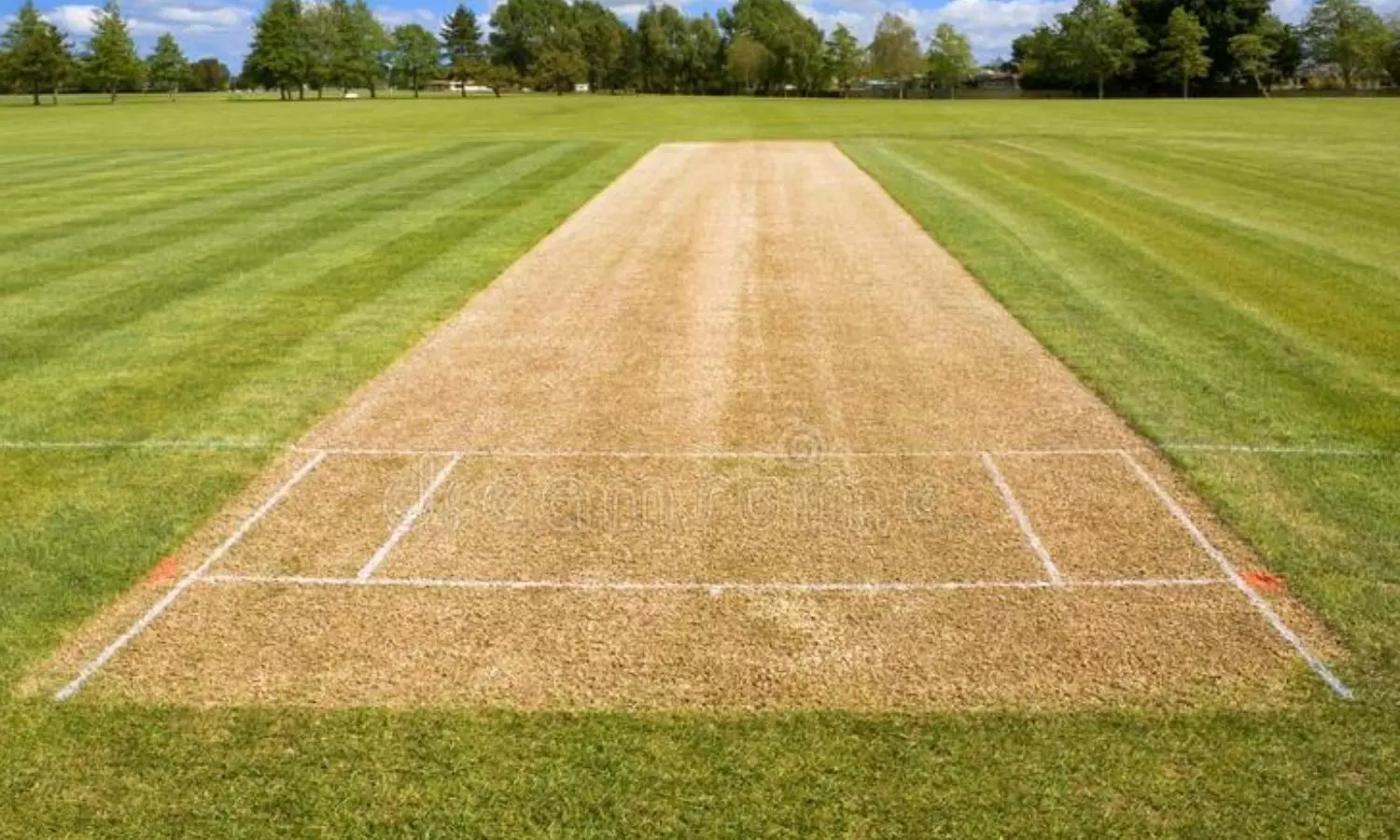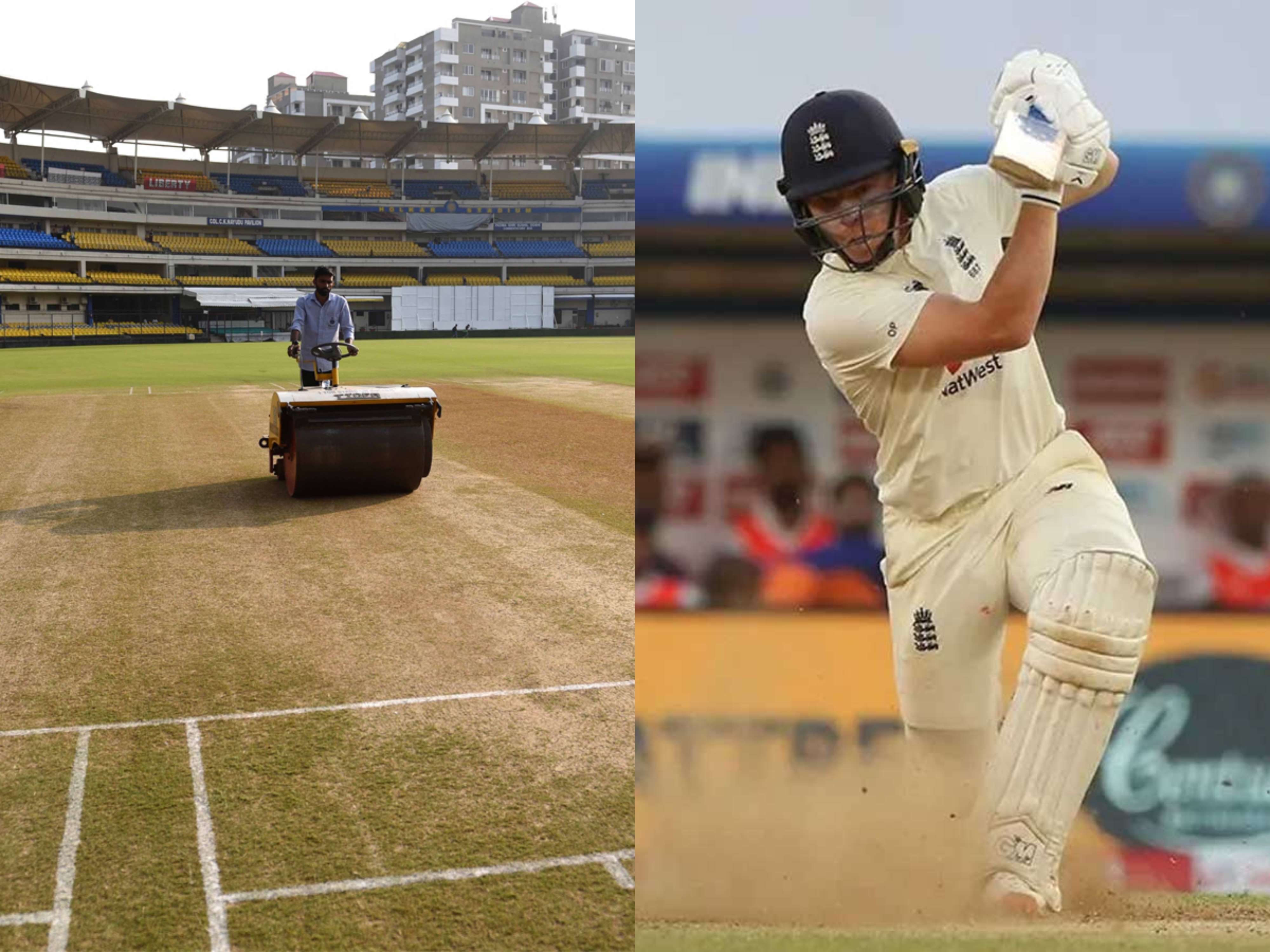Reading a pitch report is an essential aspect of understanding the conditions of the playing surface before a cricket match. A pitch report provides important information about the condition of the pitch, including the type of surface, the amount of grass or moisture on the pitch, and how it is likely to behave during the match. It is important for players, coaches, and fans alike to understand how to read a pitch report in order to make informed decisions about team selection, tactics, and even betting.
The first thing to look for in a pitch report is the type of surface. The type of surface can greatly affect how the ball will behave during the match. Hard pitches, for example, generally provide more bounce and carry for the fast bowlers, while soft pitches may provide more assistance for the spinners. Understanding the type of surface can help players and coaches make decisions about team selection, particularly when it comes to choosing the right type of bowlers for the match.
The second important aspect of a pitch report is the amount of grass or moisture on the pitch. The amount of grass or moisture can greatly affect how the ball will behave. A pitch with more grass on it may provide more assistance for the fast bowlers, while a pitch with more moisture may make it easier for the spinners to grip the ball. This information can also be useful for team selection, as it can help coaches choose the right type of bowlers for the match.
The pitch report will also provide information on how the pitch is likely to behave during the match. It will indicate whether it is expected to be a high-scoring or low-scoring match, whether the ball will be likely to swing, and whether the pitch is likely to be conducive to spin bowling. This information can be used to make tactical decisions, such as whether to bat or bowl first, and how to use the different types of bowlers.
Weather condition is also an important factor that affects the pitch, the pitch may behave differently if the weather condition is different. A pitch that is expected to be dry and hard may become softer and more suitable for spinners if it rains, for example. Understanding the weather conditions can help players and coaches make decisions about team selection, tactics, and even betting.
In conclusion, reading a pitch report is an essential aspect of understanding the conditions of the playing surface before a cricket match. It provides important information about the type of surface, the amount of grass or moisture on the pitch, and how it is likely to behave during the match. Understanding how to read a pitch report can help players, coaches, and fans make informed decisions about team selection, tactics, and even betting. It's a crucial aspect of any cricket match as it can greatly impact the outcome of the game.





